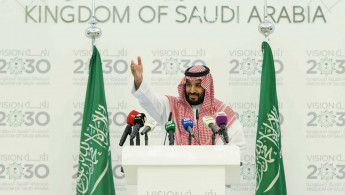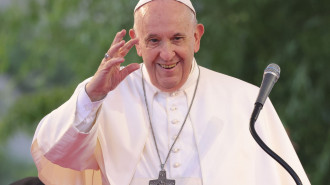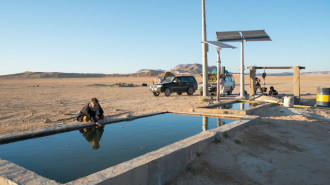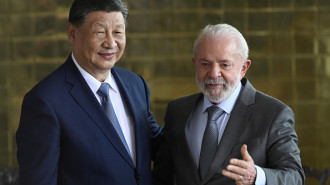Saudi Arabia unveils new austerity plan to rescue economy
The National Transformation Plan - part of Vision 2030 - was made public early on Monday, when the kingdom's cabinet approved the strategy as continued low oil prices hammer Riyadh's finances.
The ambitious initiative aims to more than triple non-oil revenues by 2020 to 530 billion Saudi riyals ($141.33 billion).
Minister of State Mohammed al-Sheikh laid out the five-year roadmap with tough targets to be met by government ministries and departments.
"This is phase one of addressing the challenges," he said. There will be "no substantial fiscal impact" on the state budget, partly because some savings have already been made he said.
Ambitious targetsThe Middle East's richest nation hopes to achieve this transformation through greater investment in industries like mining and tourism, which it is hoped will create around 450,000 private-sector jobs over five years.
While spelling out its positive predictions, the plan also heralds a new era of indirect taxation and reduced subsidies on utilities like water and electricity.
By cutting handouts, the ruling monarchy is easing off a long-standing strategy of using profits from oil revenues to placate its population. This will be coupled with a five percent reduction on public wage bills. Riyadh believes this could safe the treasure around $53 billion by 2020.
The National Transformation Plan was drafted by the state's Council for Economic and Development Affairs, which is headed by Saudi Deputy Crown Prince Mohammad Bin Salman.
The ambitious Saudi prince is viewed as the architect of Saudi Arabia's new economic vision.
The five-year plan is part of the kingdom's more long-term agenda revealed the prince in April, dubbed 'Saudi Vision 2030'.
A forced transition
Faced with falling oil revenues due to an oversupply on the market and fierce competition from US shale oil producers and Iran, the country's fiscal deficit soared to $98 billion in 2015. This debt is expected to increase, with the nation recently securing a $10 billion loan from international lenders.
The new economic transformation plan makes note of this expected debt growth, predicting that the ratio between debt to gross domestic product will widen from seven percent to 30 percent by 2020.
Following downgrades from several credit rating agencies this year, the kingdom also hopes to increase its rating to Aa2 by the target year of 2020. At present, Moody's Investors Service places the country's rating at Aa3.
The country's credit rating was downgraded twice this year from A1, making new loans on the international market more expensive for Saudi Arabia, which will add further woes to finance chiefs in Riyadh.





 Follow the Middle East's top stories in English at The New Arab on Google News
Follow the Middle East's top stories in English at The New Arab on Google News


